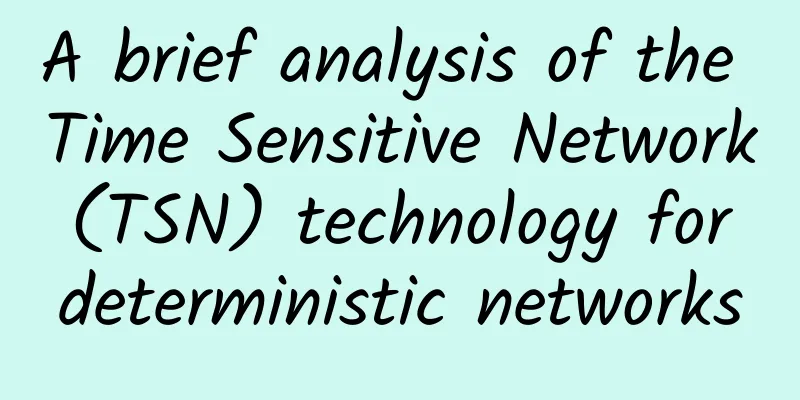Smart home, a bone that will eventually be chewed by NB-IoT?

|
As for the huge scale of the smart home market, we can see a lot of forecast data released by countless research institutions. Let’s take a look at a few of them:
From the above data, we can see that whether in terms of scale, growth rate, or terminal access volume, the market prospects of smart homes are huge. A market that is visible to the naked eye but out of reach With the maturity of wireless connection technology and low-power chip design technology, the consumption threshold of smart home products has gradually decreased, and consumer acceptance has continued to increase. The smart home industry has truly begun to develop rapidly and has grown into one of the most promising market segments in the Internet of Things industry.
The greater the market potential, the more natural competitors there will be and the greater the competition will be. In this market competition, smart home has naturally become a strategic offensive area for NB-IoT. However, we have to admit that for this seemingly achievable "bone", NB-IoT still needs to work harder to capture the "three-acre land", because: 1. The applications currently available are relatively closely tied to existing communication technologies Wireless communication technology has become the cornerstone of home intelligence. Currently, the most widely used wireless technologies on the market are ZigBee, Bluetooth, and Wi-Fi. Wi-Fi, Bluetooth, and ZigBee all have their own application areas, which are mainly determined by their advantages.
Wi-Fi, Bluetooth and ZigBee are three wireless communication methods with their own advantages and disadvantages, and they occupy different markets. So far, these three technologies are still the main communication technologies used in smart homes, and they are closely tied to various home appliances. Based on the early development, they have already achieved the best in terms of user awareness, cost and supporting services. It will take a lot of effort for new technologies to compete with them. 2. Other new competing technologies have also entered the smart home market during the same period In recent years, as the growth rate of enterprise-level IoT has begun to be limited, LoRa companies have begun to adjust their development direction and simultaneously attack the consumer-level IoT. As the main use case category in the consumer-level IoT field, smart home is the most anticipated application scenario in the consumer field. In fact, the "LoRa force" is also spreading to the field of smart homes, forming many landing cases, and some companies have already released LoRa-related consumer products, such as thermostats, smart door locks, leakage monitors, smoke alarms, air conditioners, temperature and humidity sensors, smart shoes and smart sockets. 3. The market cultivation cycle is long, and it takes time for new technologies to be popularized in the smart home field After nearly four years of development, NB-IoT has gained popularity in the IoT industry. The three major operators have built millions of NB-IoT base stations and have large-scale application cases. However, in the early stages of NB-IoT development, the industry focused more on some policy-driven areas, while the vast consumer-level applications are a blue ocean market that has yet to be developed. As mentioned above, smart home is the most important use case category in the consumer IoT field, and this is also true. Although, from the perspective of the industry, NB-IoT has passed the stage of publicity and market education. But on the consumer side, the next step is to continue to cultivate more applications in the consumer application field. However, for each segmented field, it still requires a long cultivation cycle to move from the trial stage to the mature stage step by step. The widespread application of NB-IoT in smart homes brings both opportunities and challenges In this blue ocean market of smart home that has yet to be fully developed, from the application side, NB-IoT is now flourishing in industries such as smart water meters, smart gas meters, smart smoke detectors, smart door locks, smart home appliances (air conditioners, washing machines, refrigerators, rice cookers, etc.), and smart sockets. It is expected that tens of millions of connections will appear within one or two years, and is expected to reach a billion-level scale soon. Of course, there are many problems that need to be solved in the actual use of NB-IoT. From the perspective of enterprises, many enterprises are currently taking a wait-and-see or resistant attitude towards NB-IoT. According to the feedback from some small-scale enterprises that adopt NB-IoT technology, the current products using NB-IoT technology mainly have the following problems:
Conclusion In the first half of the year, the release of the "Notice on Deeply Promoting the Comprehensive Development of Mobile Internet of Things" (hereinafter referred to as the "Notice") and the official inclusion of NB-IoT as a core component of the 5G standard have had a huge impact on the development of NB-IoT in various fields, including the smart home field.
However, we still need to give NB-IoT some time to "take over" the application market, including smart homes. |
<<: How to “prevent” programmers from slacking off at work?
>>: A US court ruling to suspend the implementation of the TikTok delisting incident
Recommend
Huawei releases a full range of 5G-A solutions to make 5G-A a reality
[ Dubai , UAE , October 11, 2023 ] During the Glo...
How can you explain the communication protocol in such a simple way?
This article is reprinted from the WeChat public ...
How can operators break the curse of the “scissors gap” between volume and revenue?
[[180644]] The "Economic Operation of the Co...
Sharktech: Los Angeles 10Gbps unlimited traffic high-defense server $299/month, 1Gbps unlimited traffic $49/month
Earlier this month, we shared the news about Shar...
Former NASA chief joins satellite internet company Viasat
According to foreign media, former NASA administr...
RackNerd adds 5 new data centers in San Jose, Dallas, etc., with 2G memory packages starting at $25 per year
Yesterday I received an email from RackNerd, sayi...
OlinkCloud: 10% off on all VPS on AS9929 line in Germany/San Jose, USA, starting from $4.5/month, 40% off on dedicated servers
OlinkCloud has released a new discount plan for V...
Never use weak passwords again, be careful of your home routers and devices becoming zombies
Nowadays, there are more and more devices connect...
An article to understand the wireless connection technology eMTC of the Internet of Things
In 2002, digital communication redefined the tele...
12 Questions about Routing! Do you know all of them?
1. When to use multiple routing protocols? When t...
"4.5G": LTE-Advanced Pro users will grow rapidly
According to foreign media reports, market resear...
On the Internet, speed and security are eternal pursuits. How powerful is the QUIC protocol written in Rust?
Hello everyone, I am a fisherman. Today we are sh...
CUBECLOUD: 10% off Hong Kong CN2 GIA/Los Angeles CN2 GIA line VPS starting from 62 yuan/month
CUBECLOUD has launched a cloud season promotion, ...
Hengchuang Technology Double Eleven: Hong Kong/US cloud server annual payment starts from 198 yuan, popular server 25% off
Hengchuang Technology is a long-established domes...









